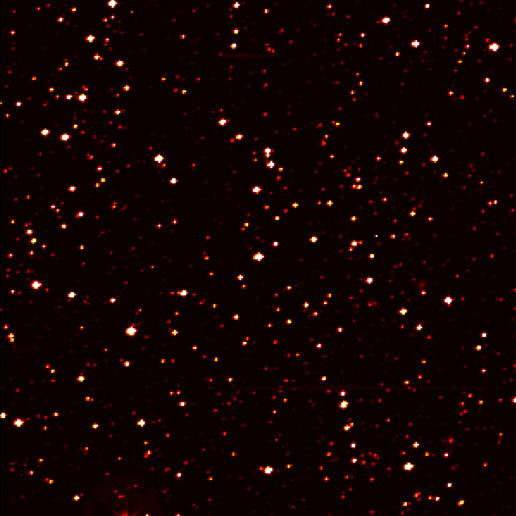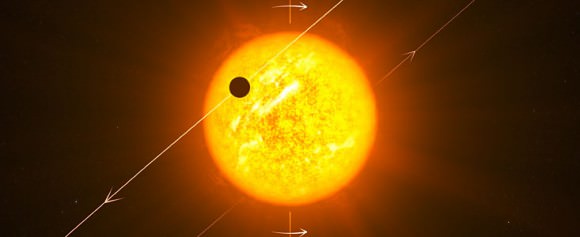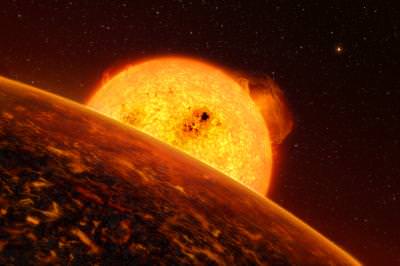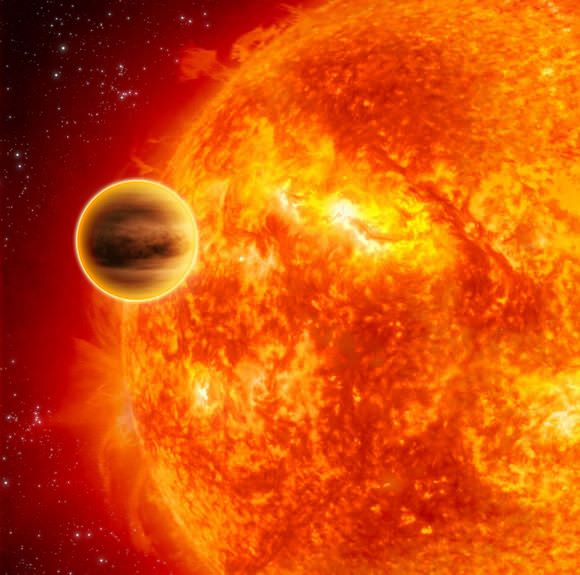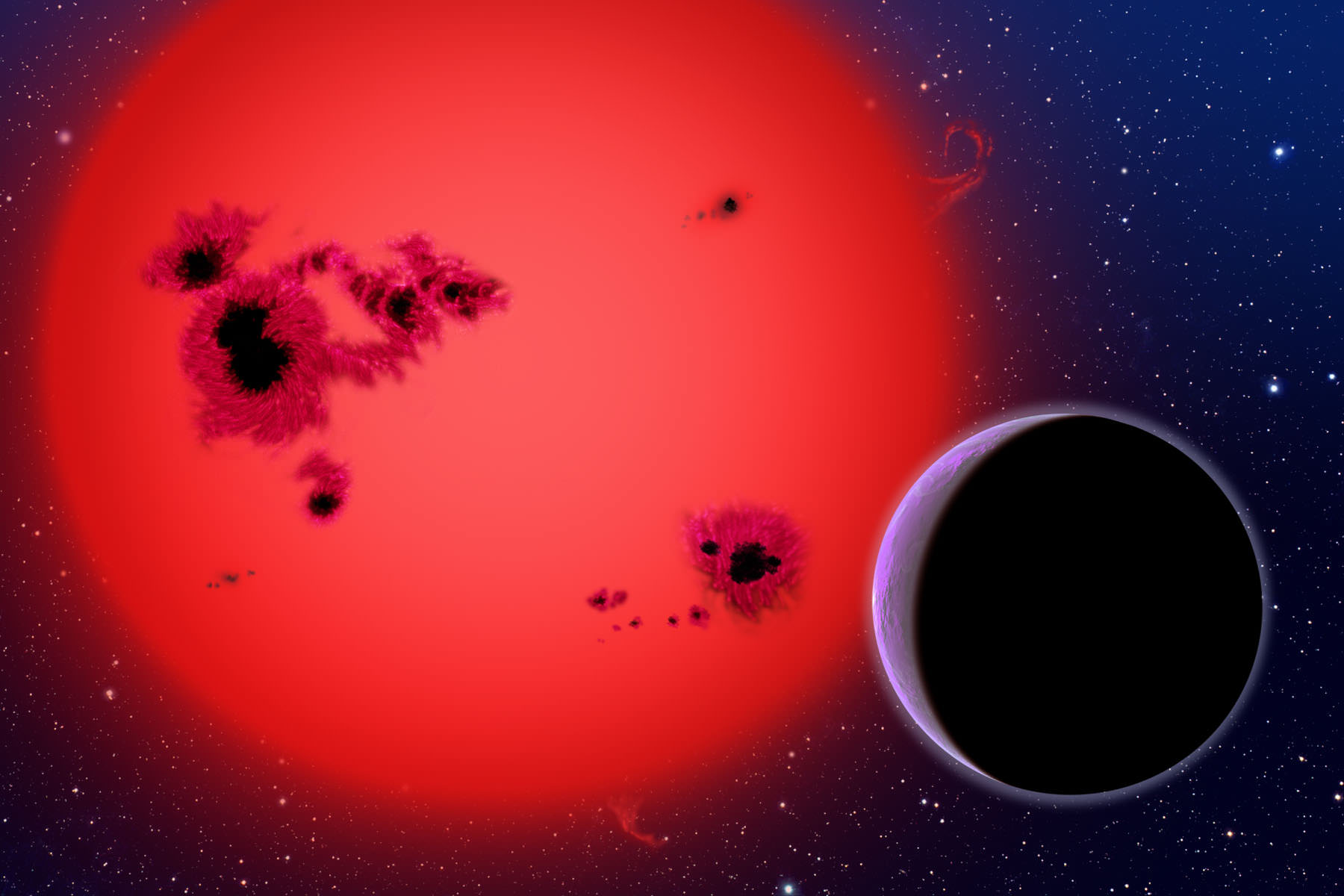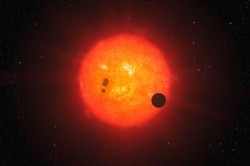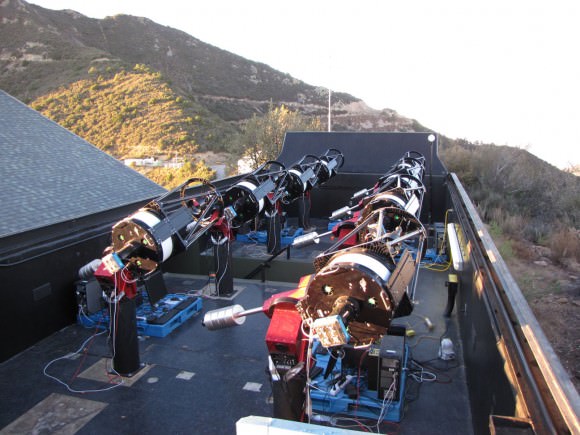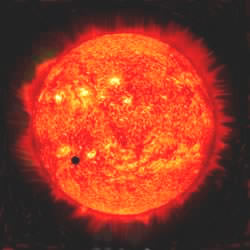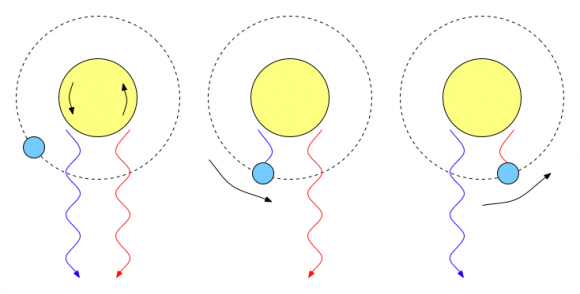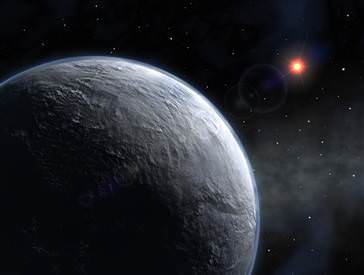[/caption]
Mainstream media (MSM) is funny. Well, maybe funny isn’t the right word, especially when they hose things up and create a story when there really isn’t one. Or when they miss the real story. MSM recently succeeded in spades on both accounts in regards to the Kepler mission. Just last month, the Kepler team announced they had found over 750 candidates for extrasolar planets, and 706 of these candidates potentially are planets from as small as Earth to around the size of Jupiter, with the majority having radii less than half that of Jupiter. This is such incredible news, especially when you factor in that the data was from just 43 days of observations! But MSM seemed to miss all this and instead focused on the fact that the Kepler team got approval from NASA to keep over half of their data for an additional six months to verify and confirm their findings, rather than releasing all of it, as per NASA’s standard policy which requires astronomers to release their data from publicly funded instruments in one year. Then over this past weekend, from a TED talk by Kepler co-investigator Dimitar Sasselov, MSM finally realized that Kepler has found a boat-load of potential Earth-sized exoplanets. Well, yes. That’s what they said in June.
But then MSM took things out of context and exaggerated just a tad.
Even though in his talk, Sasselov used the words “potential” and “candidates” and said the planets are “like Earth, that is, having a radius smaller than twice Earth’s radius,” MSM reported news that NASA has found rocky planets with land and water.
And now some people are saying that Sasselov “leaked” the proprietary Kepler data, and some say he is in trouble for doing so. Today, the Kepler team said via Twitter that they are “working hard to thoughtfully respond to the media flurry surrounding the TEDGlobal talk.”
Let me use one of my mother’s favorite admonitions: For Pete’s sakes!
Watch the TED talk. In my opinion, Sasselov does a good job of getting people excited about exoplanets and he doesn’t say we have actually found another Earth. He also does a good job of presenting what the Kepler team has found without revealing any really huge proprietary data, even though he used this graph:

But really, this is pretty much what the Kepler team said in June, that they expected half of the 750 planet candidates would turn out not to be planets, and a fair number of those might be Earth-sized. The graph takes into account the amount of potential planets that Kepler found, plus the planets found previously by other telescopes and missions.
While it is exciting to think about the potential of finding Earth-sized and maybe even Earth-like planets, we’re likely a long way off from actually finding and then actually confirming another Earth. Additionally, right now, we’re only capable of finding planets that orbit relatively close to their parent star, which most likely wouldn’t put them in the “Goldilocks Zone” of being habitable.
You can read our original article from June here, where the Kepler team announced their findings. There’s also an explanation there of why the team requested to keep part of their data for an extra six months.
UPDATE: 10 pm Tuesday: Sasselov has written an blog post at the Kepler website, bascially saying that there is a big difference between Earth-sized and Earth-like. You can read it here.

